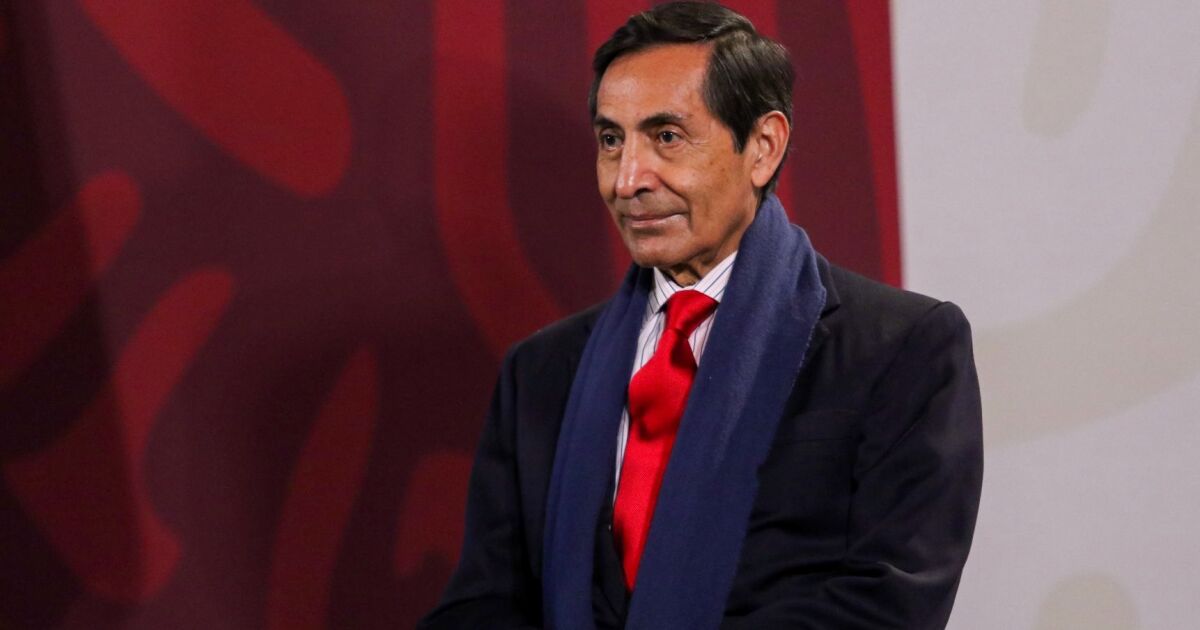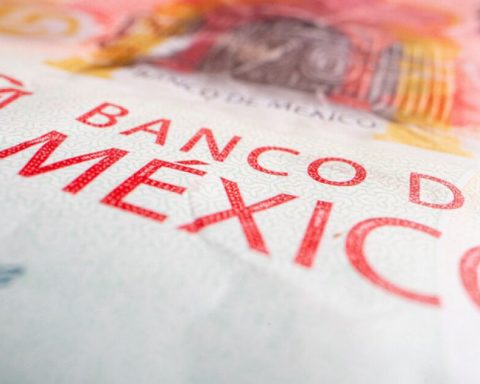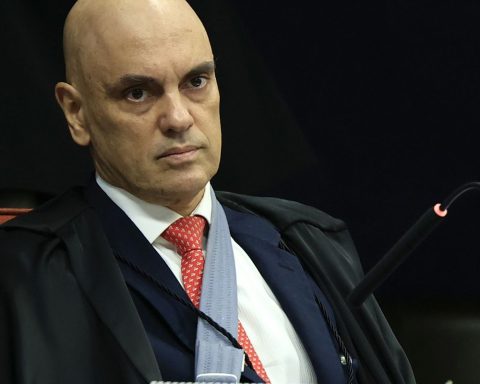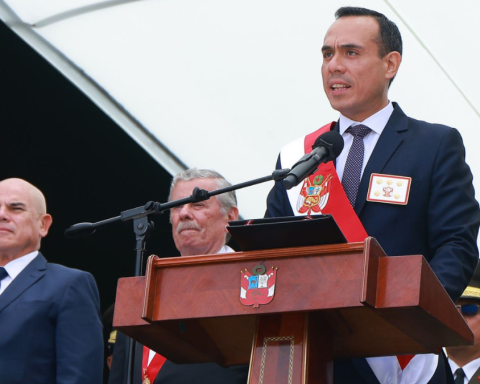He explained that at the end of 2022, the public debt represented 49.4% of Mexican GDP, a lower level compared to what was budgeted, and in 2021 thanks to the good performance of budget revenues, the fight against corruption and prudence in public spending.
This level of debt was also reached thanks to excess oil revenues, which helped offset the help given by the Mexican government to contain gasoline prices, through a tax incentive or reduction of the Special Tax on Production and Services (IEPS) that is charged for fuel, added Ramírez de la O.
“This level of debt is after containing these impacts, both extraordinary, because it is the first time that we have exhausted the reserve of the excise tax on gasoline to contain the price, and also because we have not seen this pressure on the international interest rate for a long time. “, explained the Secretary of the Treasury.
He explained that infrastructure spending is at maximum levels, because it is an expense intended to open the geographical border to production, and thus take advantage of the nearshoring phenomenon, which is attracting investment to the country.
He stressed that the macroeconomic fundamentals are solid and that they allow us to foresee that “an uncertain panorama” that is experienced worldwide will be successfully overcome, and that, barring a major global recession, the Mexican economy will approach the range of 3% this 2023.
“We have political stability, solid macroeconomic foundations, and financial resources to promote change, based on programs that address three points: the integration of value chains taking advantage of nearshoring; financial inclusion, and support for priority projects of the current administration”, he concluded.
















